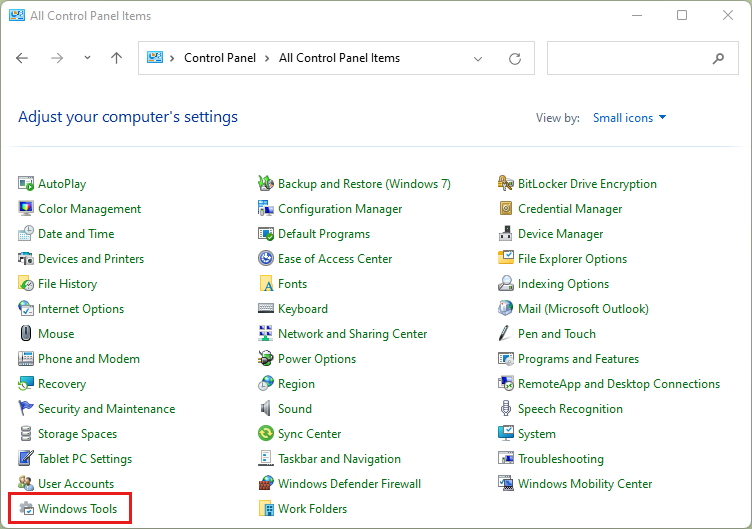In this article, I will discuss how to fix Windows Update Error 0x80010108 on Windows 10/11.
Utilize Windows Update Troubleshooter
To fix Windows Update Error 0x80010108 on Windows 10/11, you can utilize the Windows Update Troubleshooter. This tool can help identify and resolve issues with the Windows Update service by following these steps:
– Press the Windows key + I to open the Settings menu
– Go to Update & Security
– Click on Troubleshoot
– Select Windows Update and run the troubleshooter
If the troubleshooter doesn’t fix the issue, you can also try resetting the Windows Update components using a batch file or manually resetting the Windows Update service in the Command Prompt.
Restart Essential Services and Re-register wups2.dll

| Steps to Fix Windows Update Error 0x80010108 |
|---|
| 1. Restart Essential Services |
| 2. Re-register wups2.dll |
Disable Antivirus Temporarily and Check Date & Time
Firstly, disable your antivirus software temporarily to prevent any interference with the Windows Update process. Next, check the date and time settings on your computer to ensure they are accurate. Incorrect date and time settings can lead to errors during the update process. Make sure your system is connected to the internet and the connection is stable.
If you are using a proxy server, make sure it is configured correctly. Additionally, check for any pending updates in the Windows Update settings. Restart your computer after completing these steps and try running the Windows Update process again. If the error persists, consider seeking further assistance from a system administrator or Microsoft support.
Perform a Clean Boot and Flush DNS Cache
Performing a Clean Boot and flushing the DNS cache can help resolve Windows Update Error 0x80010108 on Windows 10/11. To perform a Clean Boot, press the Windows key + R, type “msconfig“, and press Enter. In the System Configuration window, go to the Services tab, check “Hide all Microsoft services”, click “Disable all”, then go to the Startup tab and click “Open Task Manager”. Disable all startup items, close Task Manager, click OK in System Configuration, and restart your computer. To flush the DNS cache, open Command Prompt as an administrator, then type “ipconfig /flushdns” and press Enter.
Restart your computer after completing these steps.
Run SFC and DISM Scans
To fix Windows Update Error 0x80010108 on Windows 10/11, you can try running SFC and DISM scans. To run an SFC scan, open Command Prompt as an administrator and type “sfc /scannow“. This will scan and repair any corrupted system files. Additionally, you can run a DISM scan by typing “Dism /Online /Cleanup-Image /RestoreHealth” in Command Prompt. This will repair the Windows image and fix any update issues.
After running these scans, restart your computer and try updating Windows again to see if the error is resolved.
Frequently Asked Questions
What is error 0x80080008 on Windows 10 update?
Error 0x80080008 on Windows 10 update can be caused by a damaged or corrupted Windows installation. Performing an SFC scan can help resolve this issue.
How to fix Windows Update error 0x800f0801?
To fix Windows Update error 0x800f0801, you can troubleshoot the issue by accessing the Windows Update troubleshooter in the Settings menu. Launch Settings by pressing Win + I, then navigate to Update & Security > Troubleshoot > Additional troubleshooter. Select Windows Update and run the troubleshooter. Wait for the process to complete and see if it resolves the error.
What is error 0x80070008 on Windows 11 update?
Error 0x80070008 on Windows 11 update is caused by third-party security software interfering with the update process. To fix this error, you can try disabling or uninstalling the third-party security software.
How do I fix error 0x80070BC9?
To fix error 0x80070BC9, you can try running SFC, running the Windows Update Troubleshooter, modifying the status of Windows Modules Installer Worker Service, restarting the Background Intelligent Transfer Service, or manually downloading and installing the update.
